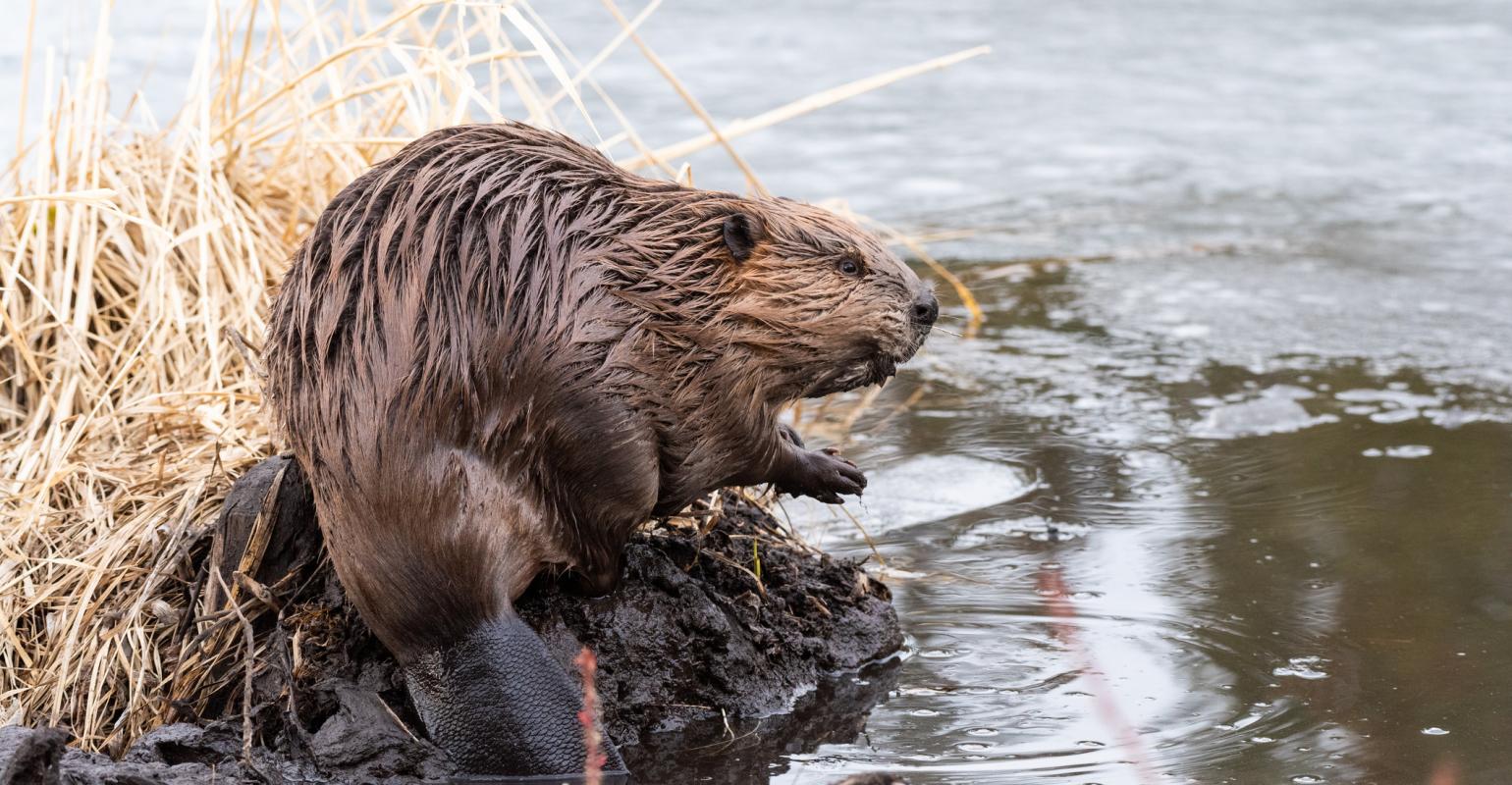Beaver power provides year-long water to Idaho ranch
Beaver power provides year-long water to Idaho ranch
He speaks from experience. In 1995, when Wilde started ranching his family’s high-elevation property in Idaho’s Rocky Mountains, both food and water were hard to come by for livestock.
Today this ranch is wealthy in forage and flowing streams, thanks to Wilde’s determination, many helpful partners … and beavers.
Wilde was raised on the property with his siblings, where his parents grew grains. Jay had always dreamed of running a cattle operation and began putting in place conservation projects that would provide his livestock the reliable sources of forage and water.
The ranch backs up to public land managed by the U.S. Forest Service (USFS), where Wilde grazes cattle during the summer. But the pastures weren’t very productive when he took over.
In 2005, he mapped out an innovative high-intensity, short-duration rotation system across multiple pastures on his public grazing allotments. By partnering with the USFS on this sustainable plan, he was able to restore healthy, abundant native plants that now provide ample forage.
Unfortunately, the cows were still thirsty by midsummer once Birch Creek, the main stream flowing through the ranch, dried up.
Wilde remembers fishing and swimming in Birch Creek all summer long as a kid, and tried all sorts of tactics to restore year-round flow. Nothing worked. Then one morning over his pre-dawn coffee, it struck him: “Beavers! That’s what’s missing!”
At one time, there were enough beaver ponds in the U.S. to submerge California, Oregon and Washington. But decades of trapping and hunting beavers decimated their populations. Thousands of streams deepened and straightened, and many wet meadows, small creeks, and floodplains disappeared across the country.
Many ranchers still think of beavers as ditch-clogging nuisances. But others—like Wilde—now realize that getting rid of beavers also reduces the amount of water available for livestock operations.
“Do we want to eliminate beavers and eliminate the water coming out of the canyons, or do we want to live with the beavers?” asks Wilde. “Keeping beavers around makes good common sense when you get down to the science of it.”
After his epiphany over coffee, Wilde tried releasing beavers on his property twice—in 2008 and 2009—in hopes of getting Birch Creek to flow longer. None of the critters stuck around, either succumbing to predators or moving off in search of better habitat.
Disappointed, Wilde instead partnered with the USDA Natural Resources Conservation Service (NRCS) to pipe water into tanks for his cows. Yet even with the stock-watering problem solved, Wilde still couldn’t let go of the idea that Birch Creek shouldn’t dry up.
“We just can’t throw our hands in the air and walk away. That’s not fair to all of the life that depends on the water,” says Wilde.
In 2014, Wilde came across an article about people using Beaver Dam Analogues (BDAs) to create habitat for the rodents before re-introducing them to a watershed. BDAs are simple, low-tech structures that mimic real beaver dams to provide the initial building blocks that help beavers recolonize a stream. BDAs are easily built by hand using mud, cobble, and root wads, or by weaving small branches through posts pounded into the stream bed.
The next year, Wilde hosted a training workshop on beaver-assisted restoration for over 40 natural resource professionals from across the West. Sponsored by the NRCS-led Sage Grouse Initiative, his ranch was a model for why it’s worth investing in low-cost, low-tech methods for restoring streams on private agricultural lands. Workshop participants helped build seven more BDAs, and then Wilde released four more beavers.

As of autumn 2019, Birch Creek boasted 149 dams from the original 26 hand-built BDAs. The stream flowed 42 days longer (until it froze in October), effectively running all season long again.
“When you see the results, it’s almost like magic. It makes the effort worthwhile,” says Wilde.
Re-beavering this Idaho ranch created more water for livestock. And it also resulted in more water for fish—Birch Creek’s Bonneville cutthroat trout populations are 10 to 50 times higher in the ponded sections of the creek than before beavers returned.
By restoring these natural engineers, Wilde’s ranch and its surrounding public lands now boast luscious wet meadows with nutritious forage, healthy riparian habitat for wildlife, and floodplains that are more resilient to fire, drought, and erosion.
Now, Wilde is spreading the word about the benefits to livestock producers of using beavers to fix streams. He’s presented at dozens of workshops and talked to hundreds of other ranchers about what’s possible when you “get onboard with beavers.”



